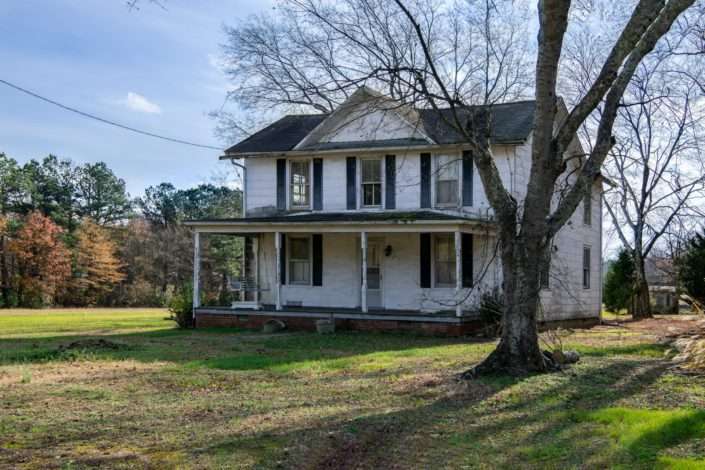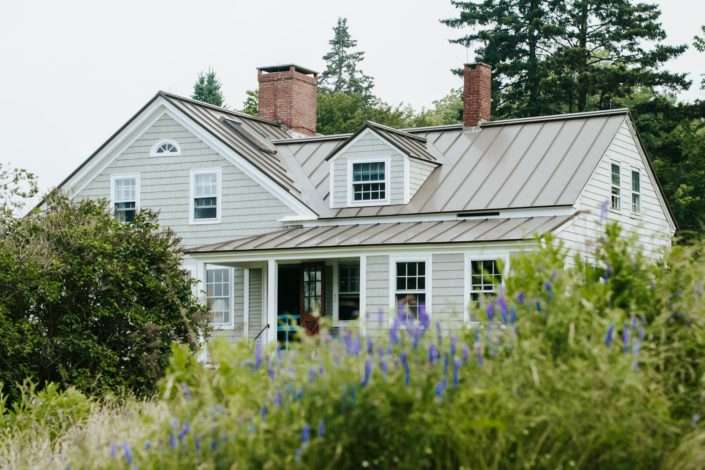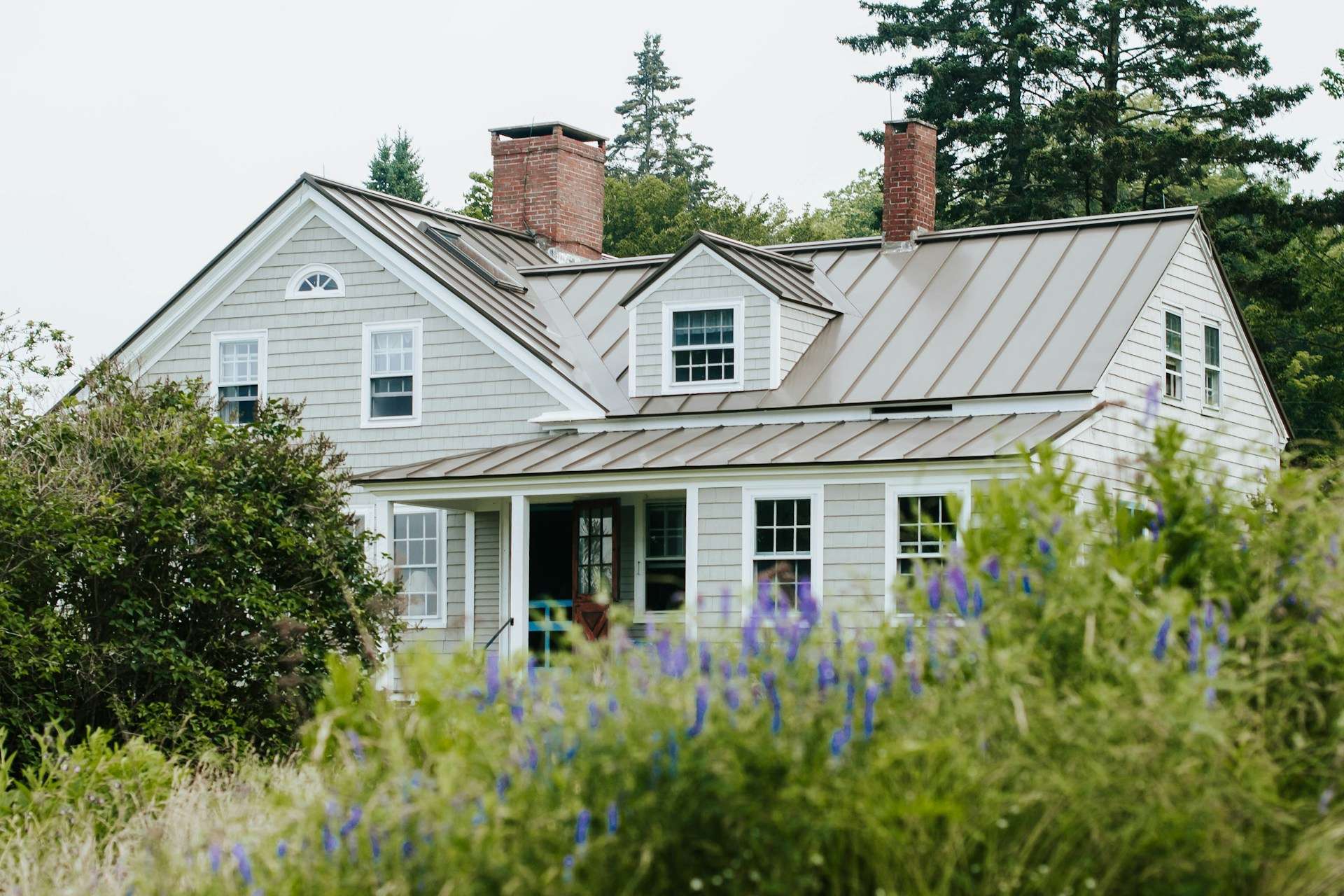Buying an older home offers a blend of charm and character, often with a price advantage compared to newer builds. However, older homes can come with their own set of challenges, and upgrading certain areas can make them more comfortable, energy-efficient, and aligned with modern standards. Here are the top areas to consider upgrading when investing in an older home.

1. Electrical System
One of the most crucial upgrades in an older home is the electrical system. Homes built decades ago often have outdated wiring, which may not meet current electrical standards or safely support modern appliances. Knob-and-tube wiring, common in pre-1950s homes, is now considered outdated and potentially hazardous. Consider hiring an electrician to inspect the system and suggest updates, especially for the circuit breaker panel and wiring.
2. Plumbing
Old plumbing can be another area needing significant attention. Pipes in older homes were commonly made of galvanized steel, cast iron, or even lead, all of which are prone to corrosion and leakage. Replacing outdated pipes with modern materials like PEX or copper can improve water quality, reduce the risk of leaks, and increase water pressure. Additionally, consider upgrading the plumbing fixtures in bathrooms and kitchens. New faucets, showerheads, and toilets can enhance efficiency and conserve water, which translates into cost savings over time.
3. Insulation And Windows
Older homes are often notorious for being drafty and difficult to keep warm in the winter or cool in the summer. Adding or upgrading insulation in the attic, walls, and crawlspaces can significantly improve a home’s energy efficiency, resulting in lower utility bills. Single-pane windows, which are common in older homes, don’t insulate well compared to modern double- or triple-pane options.

4. Heating And Cooling
Heating and cooling systems in older homes are typically outdated, inefficient, and may not perform well in extreme temperatures. If you’re buying an older home, scheduling residential hvac services can help assess whether the heating and cooling systems need an upgrade.
5. The Roof
The roof is a critical component that protects your home from the elements, and in older houses, it may need replacement. A typical roof lasts about 20-30 years, so if the roof hasn’t been replaced recently, it’s worth having it inspected. Updating an old or damaged roof with new materials can prevent water damage, improve insulation, and enhance curb appeal. Additionally, a new roof often comes with warranties that can add value to your investment.
6. The Garage
Don’t overlook the garage. Many older homes have detached or single-car garages that may be small or outdated. Upgrading the garage can provide more storage space, enhance convenience, and even increase the home’s value. Adding modern features such as better lighting, insulation, or an automatic door opener can make the garage more functional.
There You Have It
Upgrading an older home may require a bit of extra investment upfront, but the benefits of these improvements can add comfort, efficiency, and significant value to the property. With a focus on safety, efficiency, and convenience, updates to areas like the electrical and plumbing systems, insulation, and even the garage can transform an older house into a comfortable and modern home.









